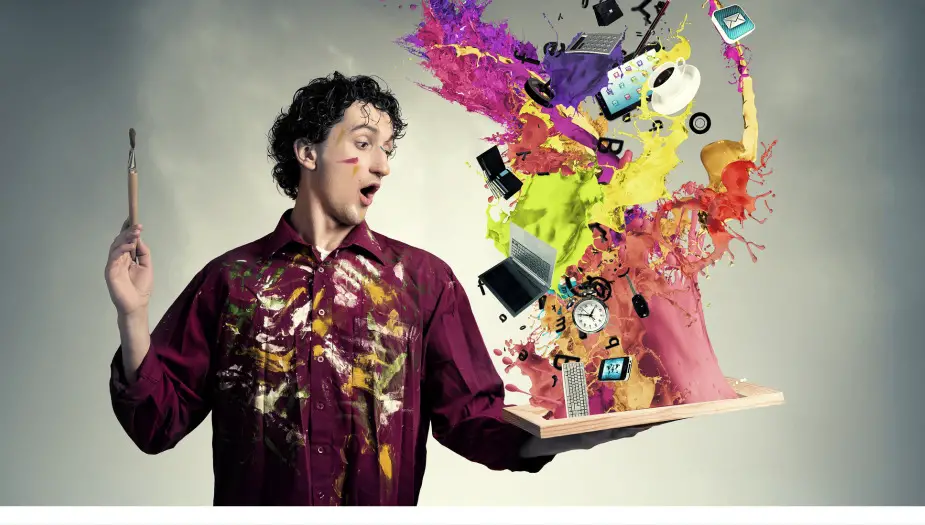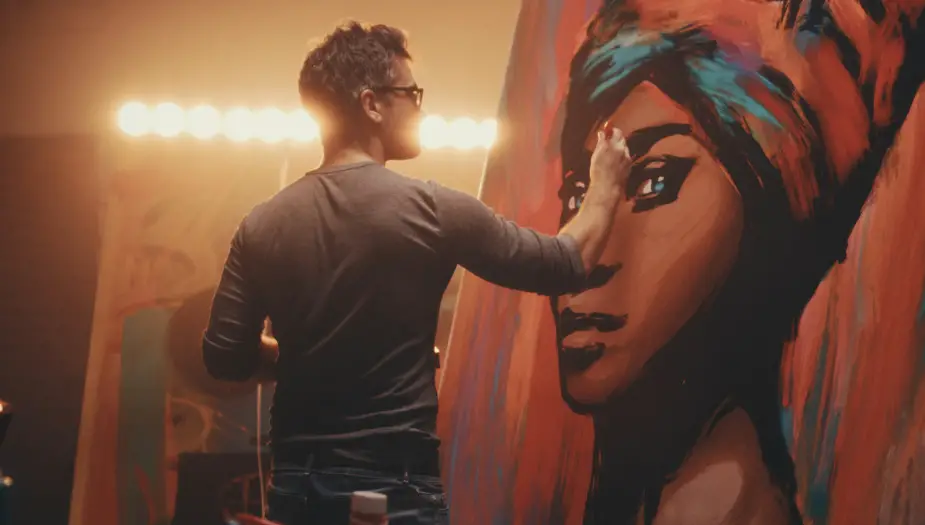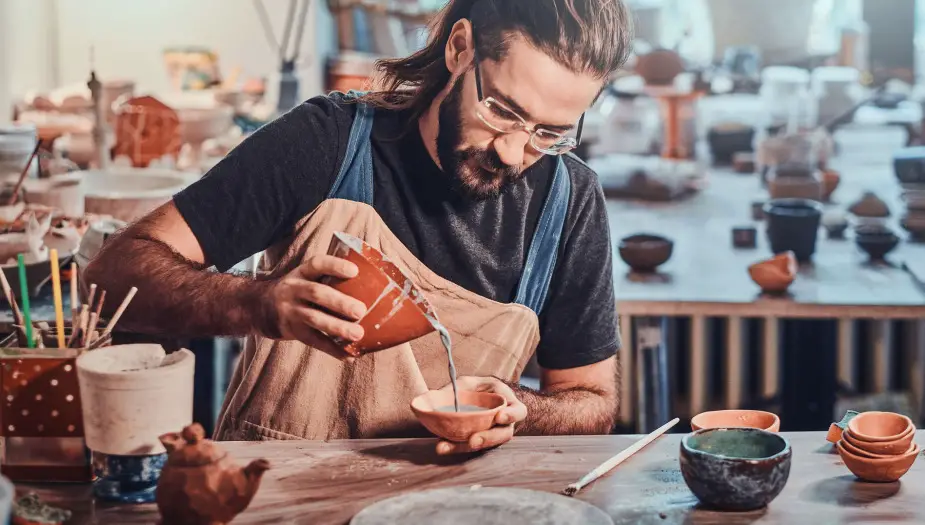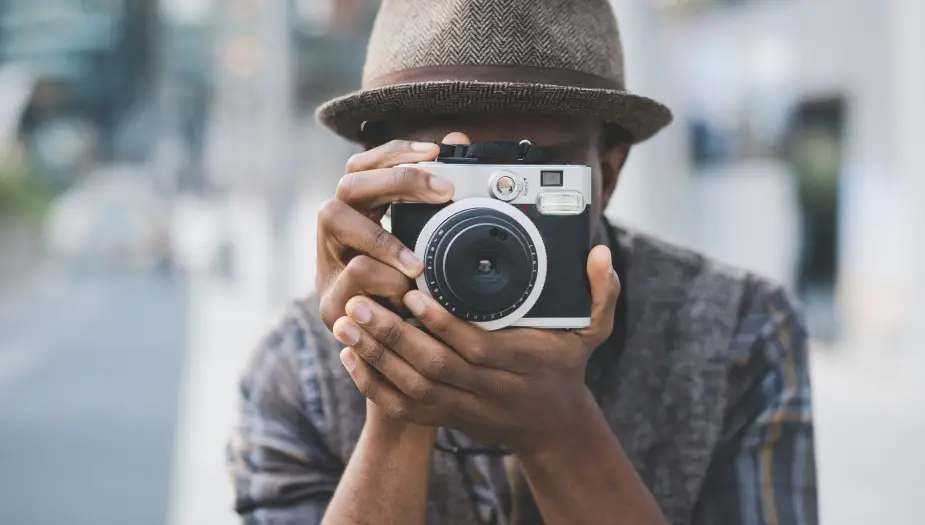Are you an aspiring artist looking to make a name for yourself in the competitive world of art? Look no further than our comprehensive list of the top 10 artist strengths and weaknesses. From creativity and originality to the ability to think outside the box and adaptability, these essential qualities define the most successful artists today. Discover how to harness these strengths and elevate your artistic abilities to the next level.

Top 5 Artist Strengths
When it comes to being a successful artist, there are several key strengths that can set you apart from the rest. Here are the top five artist strengths:
- Creativity
- Passion
- Attention to detail
- Perseverance
- Versatility
Creativity
Artists who possess a strong sense of creativity are able to think outside of the box and come up with unique and innovative ideas. They are not afraid to take risks and push boundaries, which can lead to groundbreaking works of art.
Passion
A love for their craft is what drives many artists to create their best work. The ability to fully immerse oneself in a project and pour their heart and soul into it is what sets great artists apart from the rest.
Attention to detail
Successful artists understand that every detail counts. Whether it’s a brush stroke, a chord progression, or a specific camera angle, paying attention to the smaller elements of their work can elevate it from good to great.
Perseverance
Artistic success rarely comes overnight. It takes years of hard work, dedication, and perseverance to hone one’s craft and build a following. The ability to stay motivated and keep pushing forward in the face of obstacles is crucial for any artist.
Versatility
Finally, successful artists are often versatile in their abilities. They may be skilled in multiple mediums, be comfortable working on different types of projects, or have a range of artistic styles they can draw from. This adaptability allows them to take on new challenges and continue growing as an artist.
If you possess these strengths and are willing to put in the hard work necessary to succeed as an artist, you can find great fulfillment and success in this field.
Strengths of an Artist in the workplace

When it comes to hiring an artist, employers often seek individuals with a diverse set of skills and qualities that are crucial for success in this highly competitive field. Along with possessing exceptional artistic ability, employers look for artists who have a strong work ethic, passion for their craft, and the ability to think outside the box.
An artist should also be able to collaborate effectively with others, take constructive criticism, and stay up-to-date with the latest trends and techniques in their field. Additionally, employers will seek out artists who have a unique perspective and are able to convey their message through their artwork effectively. Ultimately, an artist who possesses a combination of technical proficiency, creativity, and professionalism is highly sought after in today’s market.
Top 5 Artist Careers

Below are five potential career paths for artists, each offering unique opportunities and challenges:
- Fine artist
- Graphic designer
- Animator
- Fashion Designer
- Photographer
Fine artist
As a fine artist, you will create artwork for galleries, exhibitions, or buyers. This could include painting, sculpture, or other forms of visual art. Success in this field involves developing a strong personal style, building a network of collectors and patrons, and actively seeking out opportunities to showcase your work.
Graphic designer
Graphic designers create visual assets for clients such as logos, packaging, and websites. In this role, you’ll need to balance your creative vision with the needs and preferences of your clients. Success in this field requires not only strong design skills but also the ability to effectively communicate with clients, manage deadlines, and stay up to date with industry trends.
Animator
As an animator, you’ll use your artistic talents to bring characters and stories to life through animation. This could involve creating animations for movies, TV shows, or video games, among other mediums. Success in this field requires a strong grasp of animation principles, technical skills, and the ability to collaborate with a team of developers, writers, and other creatives.
Fashion designer
Fashion designers conceptualize and create clothing and accessories. This is a highly competitive field that requires a strong sense of style and an understanding of fashion trends. Success in this field involves developing a signature brand, building relationships with suppliers and manufacturers, and staying ahead of the curve when it comes to popular styles and designs.
Photographer
Photographers capture images that tell a story or convey a message. This could include photojournalism, portrait photography, or commercial work such as product photography. Success in this field requires not only artistic skill but also technical knowledge of camera equipment and lighting, as well as excellent communication skills and the ability to work with clients and models.
These are just a few examples of the many career paths available to artists. With hard work, dedication, and a passion for your craft, you can find success and fulfillment in any of these fields.
Artist Interview Question Examples
Here are five potential interview questions that could help you learn more about artists and their work:
1. What inspired you to pursue a career in [insert artist’s field]?
This question can help you understand an artist’s motivations, passions, and creative process. By learning about what inspires them, you can gain insight into their artistic vision and see how it translates into their work.
2. How do you approach starting a new project or piece?
This question can help you understand an artist’s workflow and methodology. Some artists may start with sketches or planning, while others may dive right in and let the piece evolve organically. Understanding an artist’s approach can give you a better sense of how they work and what sets them apart from others in their field.
3. What challenges have you faced in your career, and how have you overcome them?
Every artist faces obstacles, whether it’s creative blocks, financial struggles, or personal setbacks. By asking this question, you can learn about an artist’s resilience and problem-solving skills, as well as gain insight into how they stay motivated and focused in the face of adversity.
4. How do you think your work has evolved over time?
Most artists’ work evolves and changes as they gain experience and grow as creators. By asking this question, you can learn about an artist’s artistic journey and the ideas and techniques that have shaped their work. This can also give you a sense of where they might be headed next in their career.
5. What advice would you give to aspiring [insert artist’s field]?
This is a great question to ask at the end of an interview, as it gives the artist a chance to share their wisdom and insights with others. You may learn about specific skills or resources that are important to succeed in the field, or get a sense of the mindset and work ethic that helps artists thrive.
Top 5 Artist Weaknesses

As with any profession or field, artists have their own unique set of strengths and weaknesses. While it’s important to focus on an artist’s strengths and accomplishments, it’s also valuable to explore their areas of vulnerability and how they navigate these challenges. Here are five common weaknesses that artists face:
- Self-doubt
- Procrastination
- Financial Instability
- Perfectionism
- Burnout
1. Self-doubt
Many artists struggle with self-doubt and imposter syndrome, where they feel like they aren’t good enough or don’t deserve success. This can be a major hindrance to their work and creativity, but many successful artists have learned to push through these feelings and trust in their abilities.
2. Procrastination
Another common weakness among artists is procrastination, whether it’s due to fear of failure, lack of motivation, or simply being easily distracted. Developing strong time-management and organizational skills can help artists stay on task and meet deadlines.
3. Financial instability
Artists often face financial struggles, as the arts can be a difficult field to make a living in. This can lead to stress and anxiety, as well as a temptation to take on projects or jobs that aren’t aligned with their artistic vision. Learning to manage finances wisely and cultivating diverse income streams can help alleviate some of these challenges.
4. Perfectionism
While striving for excellence and attention to detail are important qualities for artists, perfectionism can become a destructive force. Artists who struggle with perfectionism may find it difficult to finish projects, take risks, or experiment with new ideas. Finding a balance between striving for excellence and accepting imperfections is a key to growth and success.
5. Burnout
Finally, artists are also susceptible to burnout, which can take many forms – physical, emotional, or creative. Long hours, tight deadlines, and constant pressure can quickly lead to exhaustion and a lack of inspiration. Taking regular breaks, pursuing hobbies outside of work, and prioritizing self-care can help prevent burnout and keep artists feeling energized and motivated.





Leave A Comment